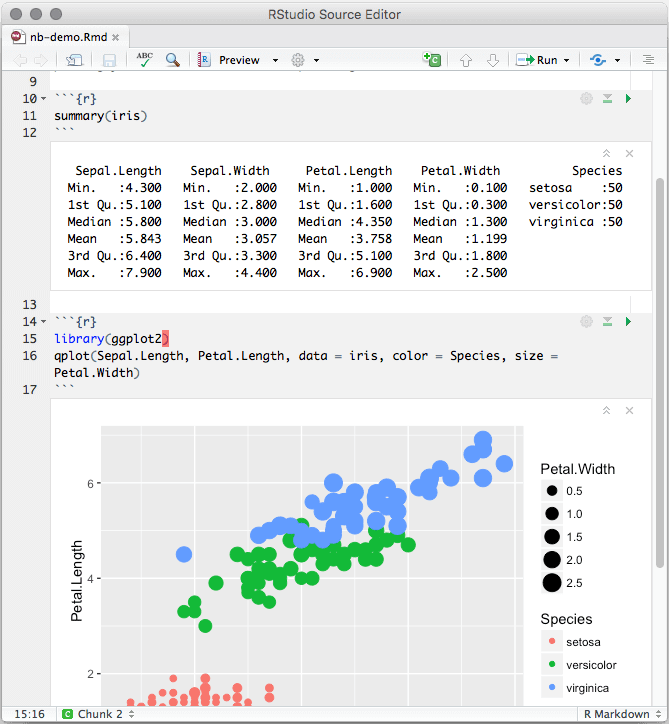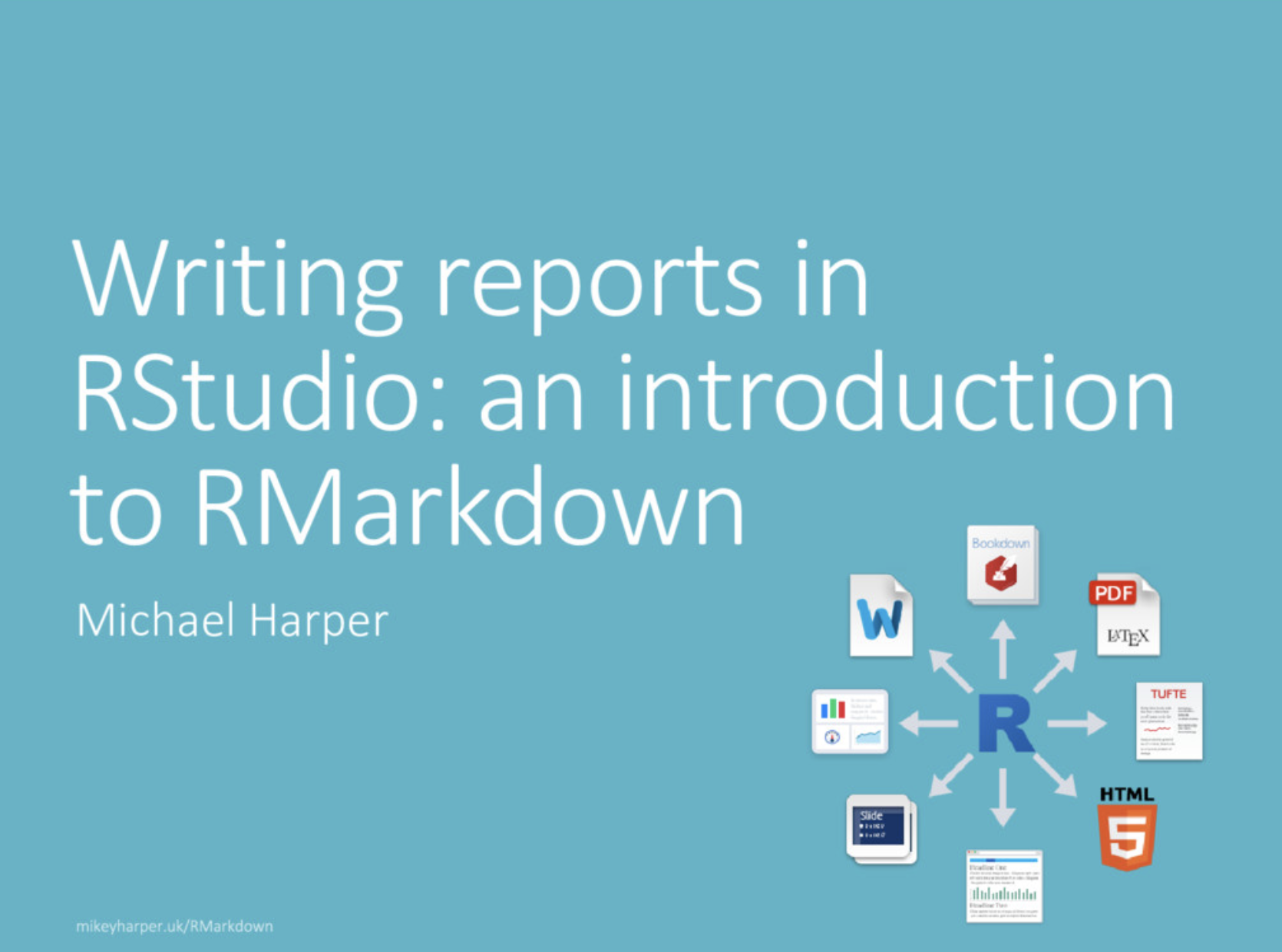

- Rmarkdown website examples how to#
- Rmarkdown website examples install#
- Rmarkdown website examples code#
In addition, the source code of the tufte, rticles, and rmdformats packages provide good examples to work from.
Rmarkdown website examples how to#
The R Markdown website includes documentation on how to create a custom format. Hopefully checking out some of the custom formats described above has you inspired to create your very own new formats. See the rmdformats repository for documentation on using the readthedown, html_docco, and html_clean formats.
Rmarkdown website examples install#
You can install the rmdformats package from CRAN as follows: install.packages("rmdformats") The html_docco and html_clean formats both provide provide automatic thumbnails for figures with lightbox display, and html_clean provides an automatic and dynamic table of contents: The readthedown format is inspired by the Read the docs Sphinx theme and is fully responsive, with collapsible navigation: The rmdformats package from Julien Barnier includes three HTML based document formats that provide nice alternatives to the default html_document format that is included in the rmarkdown package. The source code of the rticles package is an excellent resource for learning how to create LaTeX based custom formats. See the rticles repository for more details on using the formats included with the package. You can install the rticles package from CRAN as follows: install.packages("rticles") The rticles package provides a suite of custom R Markdown LaTeX formats and templates for various journal article formats, including: See the tufte package website for additional documentation on using the Tufte custom formats. You can install the tufte package from CRAN as follows: install.packages("tufte") Title: "An Example Using the Tufte Style" For HTML output, you use the tufte_html format.

If you want LaTeX/PDF output, you can use the tufte_handout format for handouts and tufte_book for books.

Here’s some example output from the LaTeX format: Formats for both LaTeX and HTML/CSS output are provided (these are in turn based on the work in tufte-latex and tufte-css). Tufte’s style is known for its extensive use of sidenotes, tight integration of graphics with text, and well-set typography. The tufte package includes custom formats for creating documents in the style that Edward Tufte uses in his books and handouts. If you are using RStudio you can easily create a new document based on a custom format via the New R Markdown dialog: For example, here’s the metadata for a document that uses the tufte_handout format: -Ĭustom formats also typically register a template that helps you get started with using them. A custom format works just the same way but is also qualified with the name of the package that contains it. When rendering, R Markdown calls the rmarkdown::html_document function to get the definition of the output format. For example, here’s the metadata for a document that uses the html_document format:. Using Custom FormatsĬustom R Markdown formats are just R functions which return a definition of the format’s behavior. We’ll also discuss how to create your own custom formats as well as re-usable document templates for existing formats. Rmdformats - Formats for creating HTML documents Rticles - Formats for creating LaTeX based journal articles Tufte - Documents in the style of Edward Tufte In this post we wanted to highlight a few of these packages, including: R Markdown formats are fully extensible and as a result there are several R packages that provide additional formats. This isn’t the entire universe of available formats though (far from it!). The R Markdown package ships with a raft of output formats including HTML, PDF, MS Word, R package vignettes, as well as Beamer and HTML5 presentations.


 0 kommentar(er)
0 kommentar(er)
